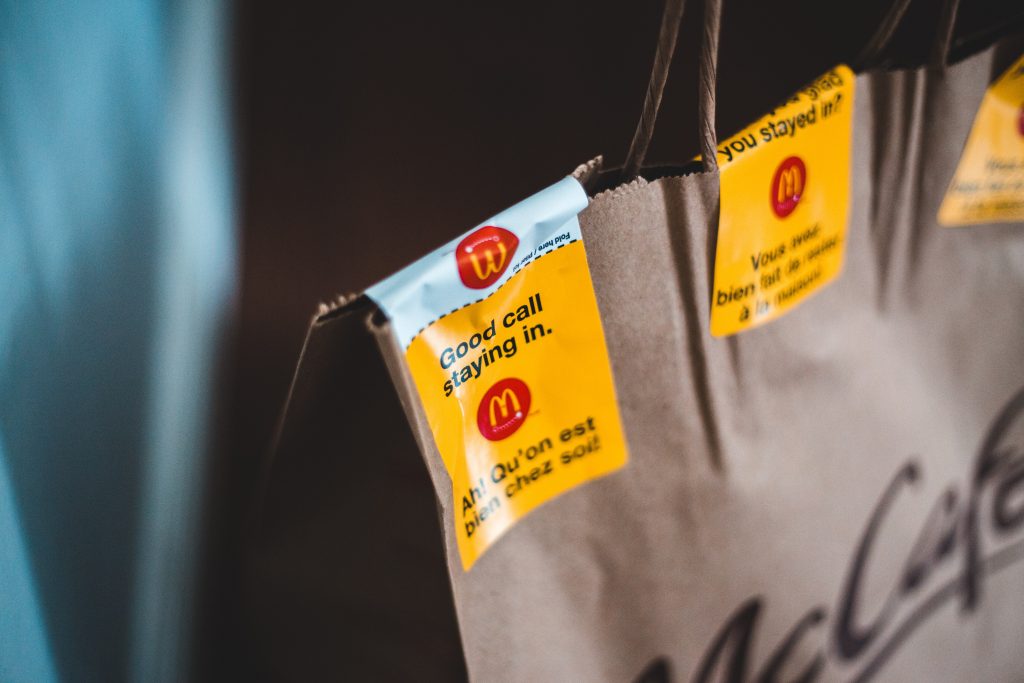The changing face of customer loyalty
As we start to get to grips with the post-pandemic world, one thing that has been playing on our minds is how the changing shape of the retail and services landscape is impacting customer loyalty.
Consumers receive between 20-30 marketing emails per week from brands they have signed up to; either to draw on the benefits of being regular customers or by joining loyalty programmes, but most often to receive benefits in the form of discounts and offers. Just within the last week, I have received more than 10 marketing email campaigns, offering me various types of discounts to choose between convenience retail brands; among them were a £7 discount on Deliveroo, 10% discount on UberEats and £5 off first three orders at Jiffy.
Research has shown that consumers love being rewarded and that offering exclusive discounts or promotions to your customer base can make them feel both excited and valued. In addition, loyal customers also develop an emotional connection to your brand; act as advocates and will often remain invested through the good times and bad.
Traditionally, companies who put in the work and investment necessary to build customer loyalty experience the benefits in different ways:
— Keeping a customer requires less effort than acquiring a new one
— Repeat customers yield higher conversion rates
— Loyal customers often spend more
But with so many options to choose from, and increasing ‘noise’ in consumer inboxes, are loyalty schemes still a value-adding differentiator?
Loyalty through a new lens
The digital revolution has changed the way we view traditional loyalty. As consumers increasingly look for instant gratification, brands will need to build a new model that goes beyond the typical points/reward system to keep and grow their loyal customer base.
Monetary benefits remain among the most satisfying rewards, but as consumers look to compare offerings, there are other, less functional avenues worth pursuing. Loyalty is about every touchpoint customers have with your brand and the perceived rewards they receive along the journey. It requires investment in customer experience and actively demonstrating how important they are to your brand, to build an emotional connection.
Does this mean the end of the loyalty schemes as we know them? Not necessarily. We don’t have to look far to find examples of recent successes – for example McDonald’s new reward scheme ‘MyMcDonald’s’ has exceeded expectations in terms of enrolment and participation, leading to an increase in month-on-month digital sales – a significant growth driver for the brand.

Take an experience-first approach
What does this mean for brands who are looking to retain and grow a loyal following of customers? When it comes to the new normal, loyalty programmes are still a valuable approach compared to many other customer-retention tactics. Essentially, it comes down to the fact that brands need to work harder to earn loyalty.
Here are a few examples of experience-based tactics that could be relevant for your brand to consider:
1 / Deliver a seamless experience in-store and online
Draw on opportunities from in-store and online strengths to create an excellent all-round experience and make shopping easier for your customers.
Retail brands such as M&S are successful in providing their customers with a one-stop platform, allowing them to scan and bag their food shopping as they go, while also exposing customers to an online universe that stores digital receipts and allows them to track online orders. Further, the M&S app automatically signs customers up to their Sparks reward programme, where they can access offers, rewards, and their digital Sparks card.
2 / Offer a true value exchange
Leverage the data you have about customers to gain a deeper understanding of their personal preferences and behaviours and offer them tailored rewards and offers aligned with this insight.
Amazon considers personalisation a critical part of their campaigns and offers an innovative customer-centric approach. Its pay-to-join loyalty programme AmazonPrime is among some of the most popular loyalty schemes, offering customers speed and ease of use, free shipping and returns, personalised recommendations and offers, while also allowing customers to redeem credit card points for Amazon purchases.
3 / Consider new ways of measuring success
Traditional measurements of loyalty such as Net Promoter Score are still relevant, but as the importance of building a relationship moves beyond transaction, it is relevant to consider other key metrics – such as Customer Lifetime Value, Share-of-wallet, etc – as indicators of a healthy loyalty programme.
If you want to know more about how you can work strategically with your customers to bring true value and build customer loyalty, get in touch.




